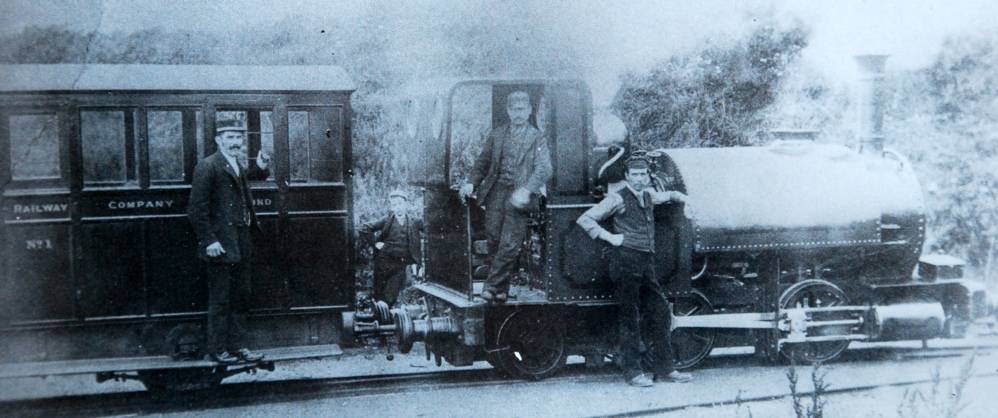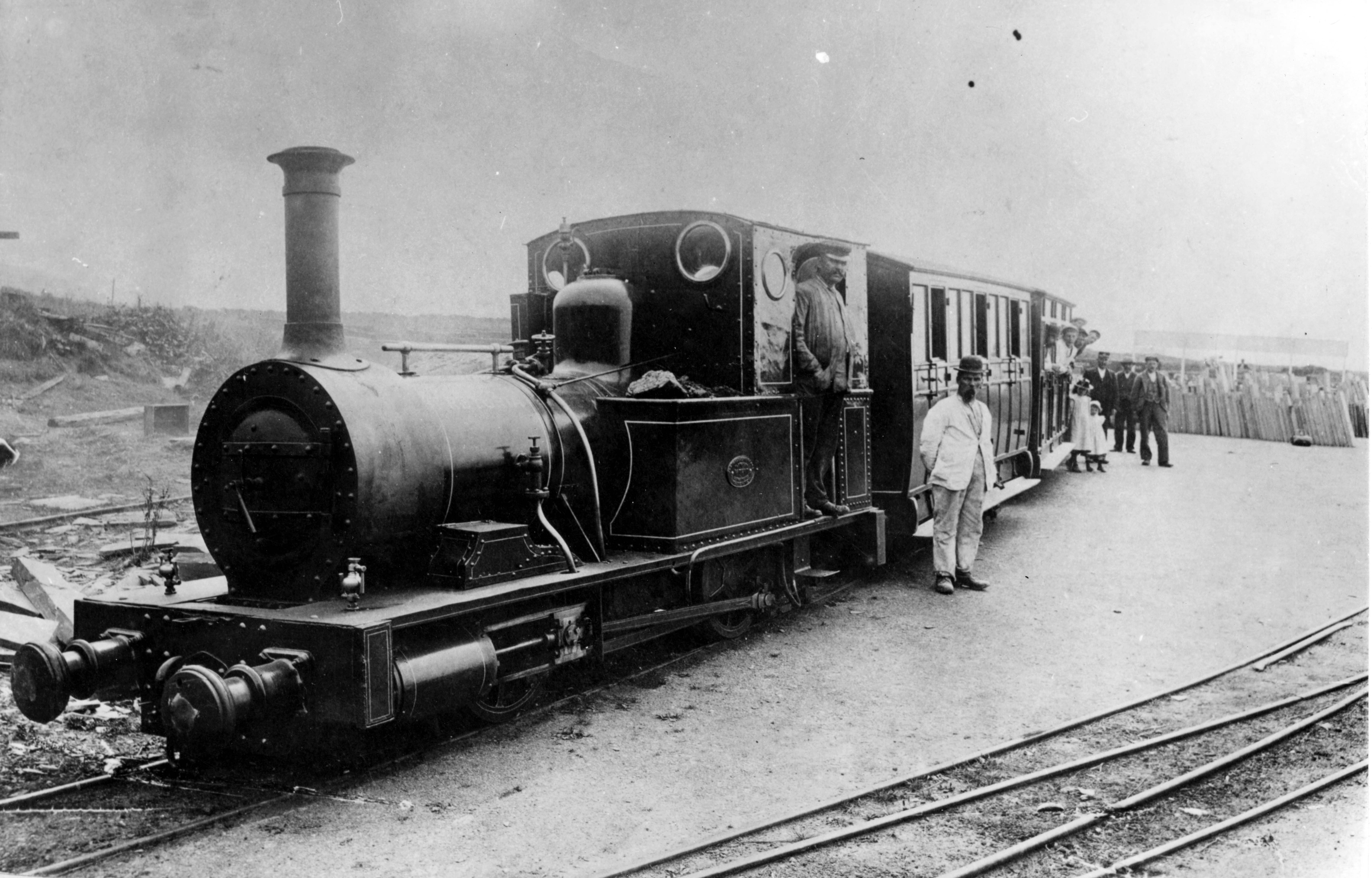In 1863 a group of Manchester cotton mill owners, concerned about a shortage of cotton supplies owing to the American civil war, sought to diversify into slate mining. They acquired the leases on the quarry at Bryn Eglwys and set out to expand it. They invested in the region of £160,000 in developing the quarry, building houses for quarrymen in the village of Abergynolwyn and building a railway from the quarry to Tywyn, where it would connect with the newly opened line along the coast and heading east to connect with the national railway network.
The engineer was James Swinton Spooner, elder brother of Charles Easton Spooner who introduced steam to the Ffestiniog Railway, and whose father, also James Spooner had built the Ffestiniog Railway. Compared to the Ffestiniog, the Talyllyn was straightforward to build with few earthworks required and with the Dolgoch viaduct the only major engineering work and a comparatively easy ruling gradient of 1 in 60. The statutory railway finished at Abergynolwyn Station, the tracks continued over private land into the valley of the Nant Gwernol and by two inclines to the lower level of Bryn Eglwys Quarry. Passenger trains never travelled over this “Mineral Extension” though there is a photograph of a special train with Loco No.1 and the first-class carriage at the foot of the first incline, having carried the owner’s family.
Much of the land for the railway was acquired by negotiation from the three estates which owned most of the land in the Dysynni and Fathew valleys. Construction started but they were unable to acquire certain small parcels of land and in 1865 they applied to Parliament for an Act to build the railway which would give powers to compulsorily acquire the land. The Act, granted on 5th July 1865, created the Talyllyn Railway Company. The Act also authorised passenger services, the first time this had been authorised on a narrow-gauge line. The reason for the railway’s name is unclear; Talyllyn Lake is 3 ¼ miles from Abergynolwyn, and there has never been any serious intention to extend to this well-known beauty spot. A possible explanation is that the railway would terminate in the parish of Talyllyn. It is not known who built the railway, though it could well have been Savin who was working on the Cambrian Railways coastline when it opened for freight traffic.

